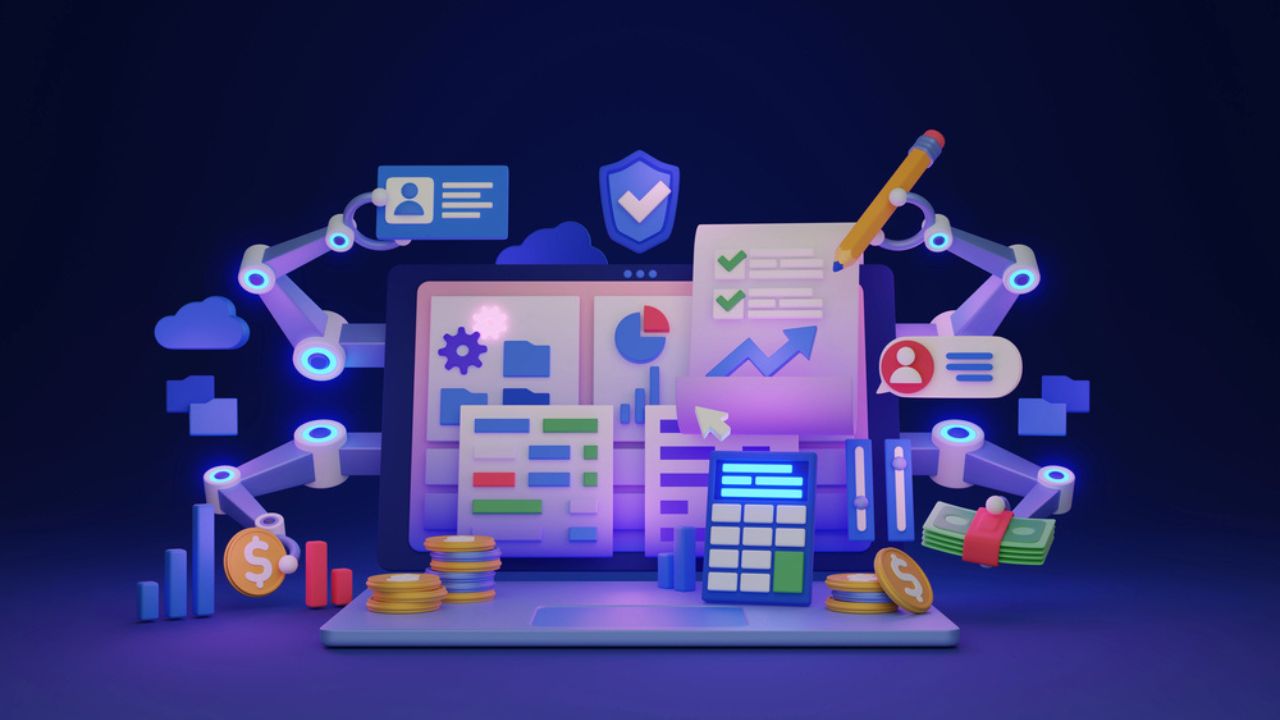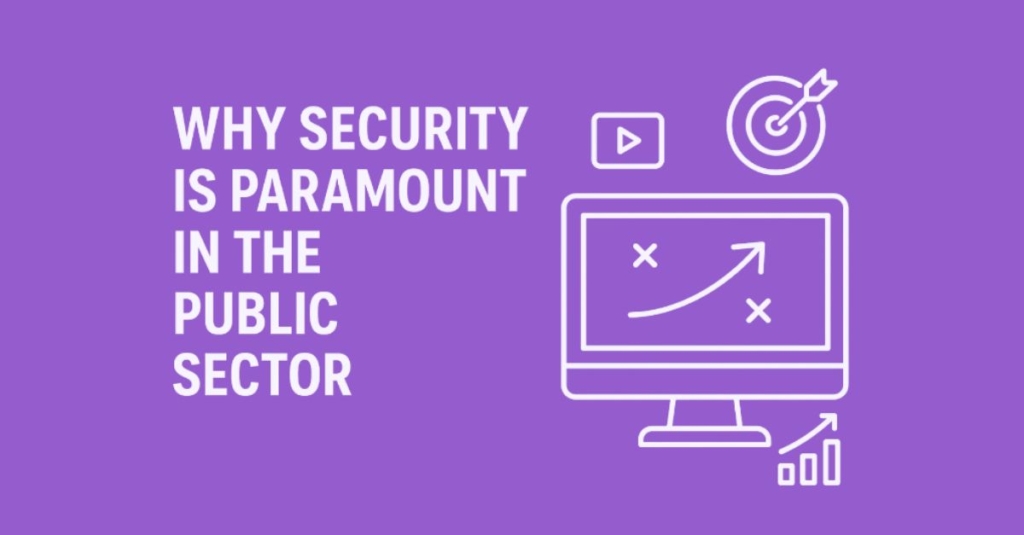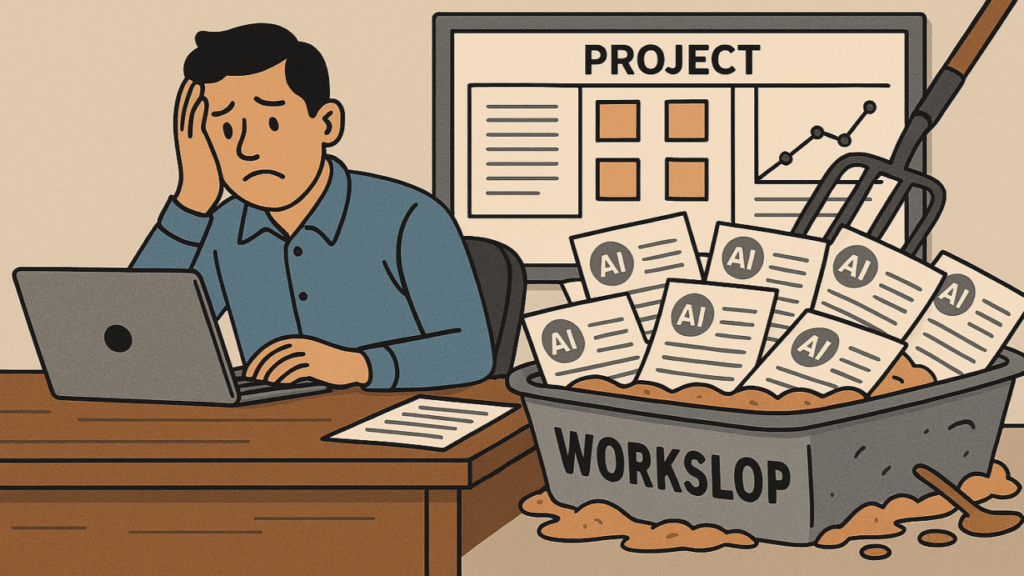Streamlining project financials with AI: A new approach to invoice processing and forecasting
In today’s fast-paced business world, managing project financials efficiently is crucial for success. Traditional methods of handling invoices, forecasting, and tracking costs are time-consuming and prone to errors. However, advancements in artificial intelligence (AI) are revolutionising how companies can automate these tasks, saving time and reducing human error. In a recent webinar, we explored how AI can be leveraged to streamline project financial management by automating the extraction of invoice data, its validation, and the assignment to financial items and forecasts.
In this blog, we will break down the key concepts discussed in the session and explore how AI is shaping the future of financial management.
The challenge of manual invoice processing
One of the most common challenges faced by project managers and financial teams is the manual processing of invoices and reconciliation of actual costs. This often involves reviewing each invoice, extracting data such as amounts, dates, and vendor information, and then manually inputting this information into the company’s financial system.
This process not only consumes a significant amount of time, but it’s also prone to errors—whether it’s misplacing an invoice, entering incorrect amounts, or failing to properly categorise costs. Manual data entry is also tedious and can delay important financial reporting, which is critical for maintaining relevant (up to date) project budgets and timelines.
AI-powered invoice data extraction
Enter AI. By using machine learning algorithms, AI tools are now capable of automatically reading and extracting data from invoices (and many other financial artifacts), eliminating the need for manual data entry. In the webinar, we demonstrated how invoices can be uploaded into the PPM system, where the Power Platform AI builder processes the data and makes it ready for review and validation by the PM or financial manager. (Remember AI is not completely autonomous and should always have checks and balances before being presented as fact)
Key benefits of AI invoice extraction:
- Speed and efficiency: Invoices are processed in a fraction of the time it would take a human to manually enter the data.
- Accuracy: AI reduces the chances of human error during data extraction, ensuring that the right information is pulled from invoices every time.
- Real-time processing: AI enables faster processing, making the invoice data available in real time for project financial management.
This automated approach doesn’t just save time—it also improves accuracy and allows for quicker access to the data that project managers need to make informed decisions.
Assigning invoice data to financial items
Once the data is extracted, the next step is assigning it to the correct financial item or forecast within the project. The AI system analyses the extracted invoice data and suggests appropriate categories. For example, if the invoice is for team travel expenses, the AI might suggest linking it to a “team travel costs” financial item in the project.
A simple example was used in the webinar but additional AI functions can be used to gather more information about the invoice or the supplier. For example, it is possible to get a summary of the type of organisation that the supplier is or look at the descriptions of each line item to better understand where the cost could belong in the detailed project cost breakdown.
How does AI make financial item mapping smarter?
- Automation of assignment: The AI can automatically suggest which forecast or financial item the extracted data should be linked to, based on the invoice metadata e.g., vendor industry or service, travel, construction, materials.
- Budget monitoring: The system checks if there is sufficient budget in the selected financial item, ensuring that the invoice is assigned to an available forecast balance.
- Learn and improve: As more invoices are processed, the AI learns to improve its suggestions and becomes more accurate over time.
This process makes assigning costs to the correct forecast much faster and easier. Rather than manually reviewing each invoice and deciding where the costs should go, project managers can rely on AI to do the heavy lifting.
Validating the data and ensuring compliance
Despite its impressive capabilities, AI is not infallible. In the webinar, we highlighted that while AI is an extremely helpful tool for extracting and categorising data, it’s important for financial teams to validate the suggested mappings and ensure that everything is accurate before finalising the process.
Why is validation crucial?
- Accuracy: AI might not always get it 100% right, especially when data is incomplete or ambiguous e.g., missing ABN numbers or unclear descriptions.
- Compliance: Ensuring the extracted data aligns with accounting standards is essential, particularly when dealing with tax-related information.
- Human oversight: While AI can handle the bulk of the work, it’s important to have human oversight in place to ensure that the data aligns with your company’s financial processes.
This two-step process—AI-assisted extraction and human validation—ensures that you get the best of both worlds: automation with the confidence of human oversight.
Future enhancements: Automating cost mapping
Looking ahead, the AI-powered system can be further enhanced to include more advanced features such as automating the mapping of actual costs from a linked finance system or general ledger. In many organisations, actual costs come in as a large batch of transactions, which often need to be manually assigned to specific forecasts. AI can help automate this process by analysing the data and offering suggestions for where these costs should be allocated.
Future possibilities:
- Automatic mapping of actual costs: The AI system can be trained to understand which forecast or financial item actual costs should be linked to, saving time during reconciliation processes.
- Learning from past assignments: Over time, the AI can learn from previous cost assignments and continuously improve its suggestions, making the process even more efficient.
This extension of AI functionality could transform how organisations manage actual project costs, reducing the amount of manual intervention needed.
Expanding AI to other financial management processes
While the focus of this session was on automating invoice processing, the possibilities for AI extend well beyond that. Financial and project management tools like Altus could leverage AI for other tasks, such as project effort tracking, labor cost management, and even cost estimation. The AI functions could be trained to understand specific project needs, making it easier to track and forecast financials with greater precision.
Potential uses for AI in financial management:
- Labor cost tracking: AI can automatically track labor costs based on timesheets and project resource rates, providing real-time insights into how labor costs and the velocity of labor use could affect the project budget.
- Cost estimation: AI can analyse historical data to help generate more accurate cost estimates for future projects, giving project managers a more reliable basis for planning, or even identify a risk far before it impacts the project’s execution.
These integrations would not only improve the accuracy of financial forecasting but also allow for real-time adjustments, reducing the need for manual calculations.
Conclusion
AI is already reshaping the way project financials are managed. By automating invoice processing, cost assignment, and financial forecasting, AI frees up time for project managers to focus on higher-level decision-making, while also reducing the risk of errors. The future of financial management looks brighter with AI—offering enhanced accuracy, efficiency, and smarter forecasting capabilities.
As AI continues to evolve, we can expect to see even more powerful tools that can handle more complex tasks, ultimately changing the way financial data is processed and managed in organisations.
If you’d like to learn more about how AI can transform your project financials, stay tuned for our upcoming events and webinars or get in touch with us here.



